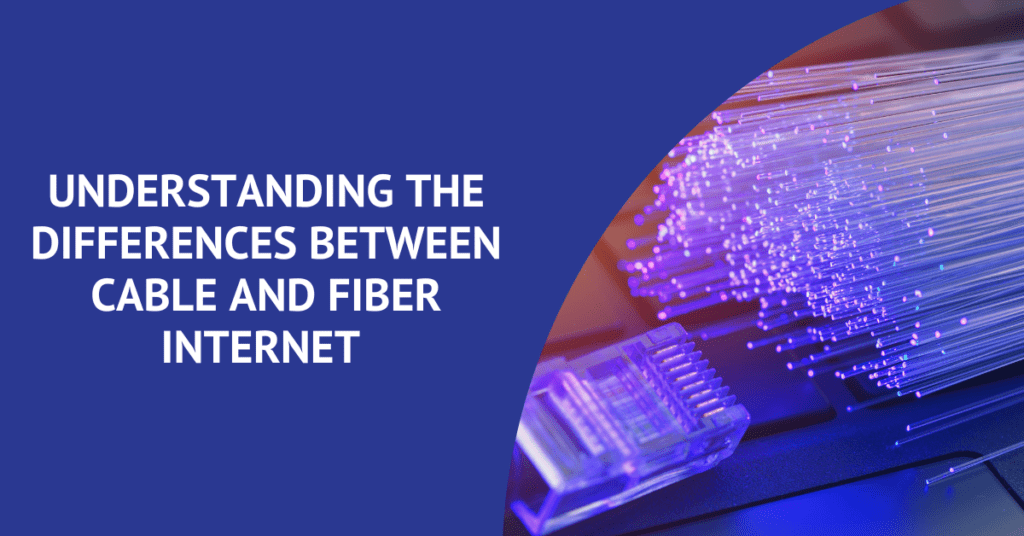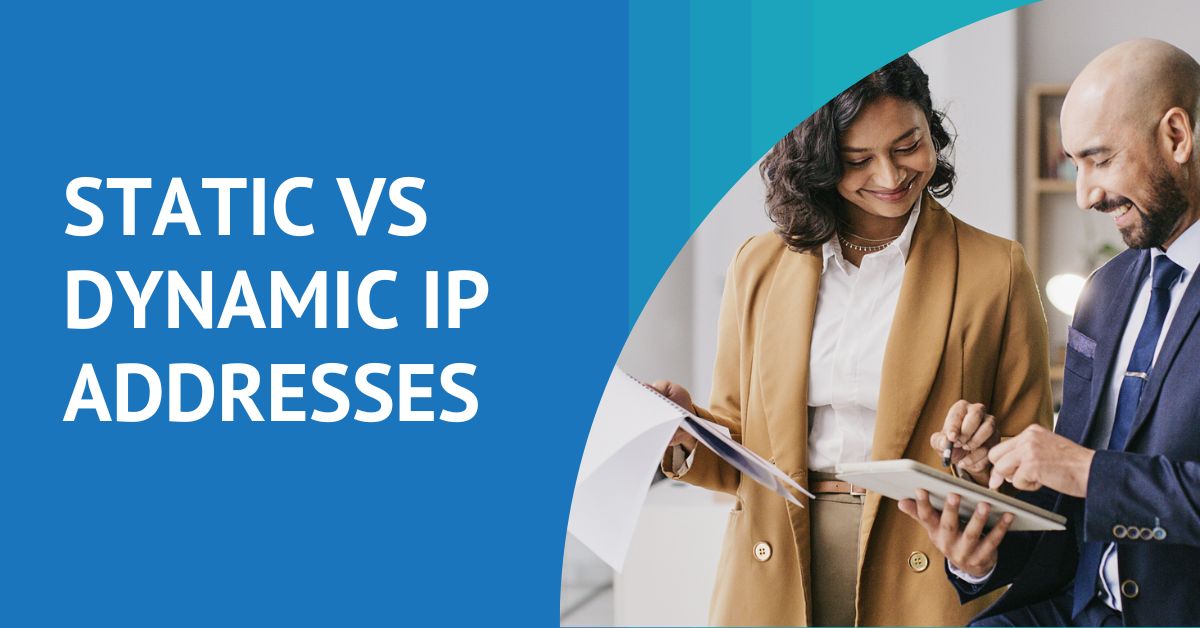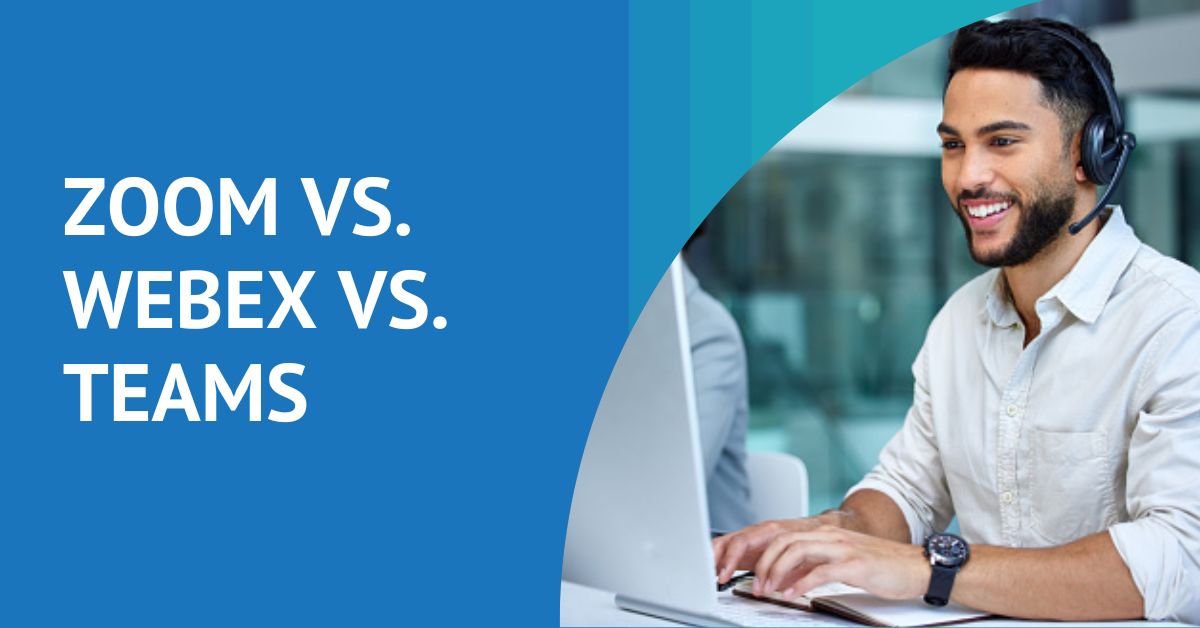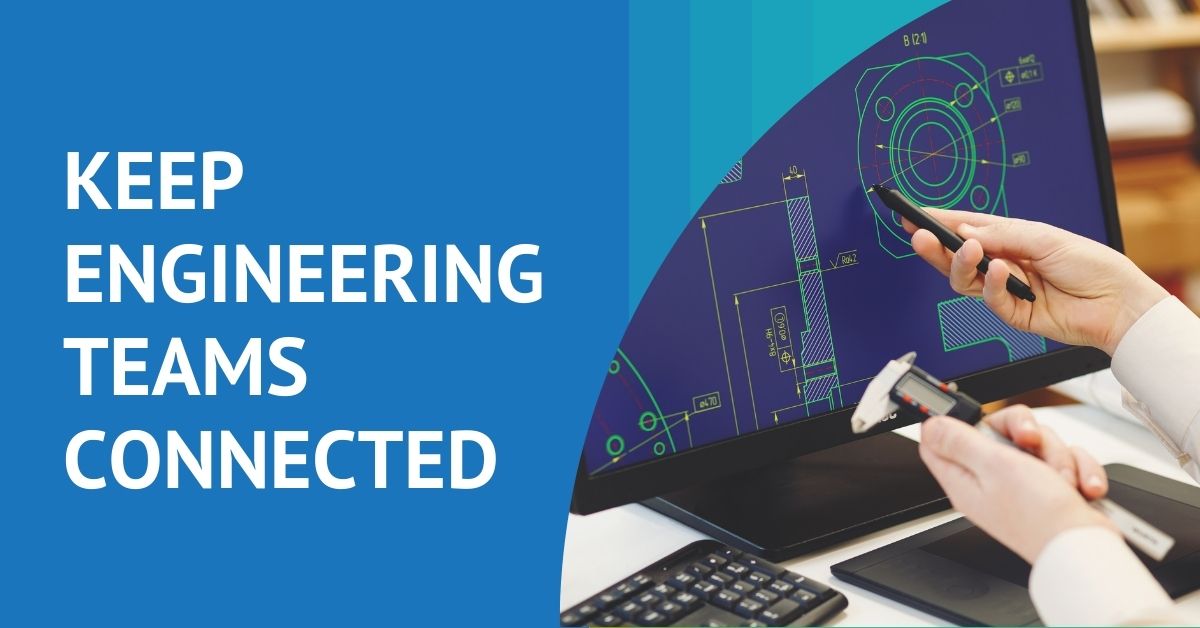Unraveling the Battle of the Wires: Cable Internet vs. Fiber Internet for Businesses

In today’s fast-paced digital landscape, a reliable and high-speed internet connection is the backbone of any successful business. When it comes to choosing an internet service provider (ISP), the decision often boils down to the two major contenders: cable internet and fiber internet. While both options offer internet connectivity, they differ significantly in terms of speed, reliability, scalability, and overall performance. Understanding the differences between cable internet and fiber internet is crucial for businesses to make an informed decision that aligns with their specific needs.
Cable Internet
Cable internet, delivered through coaxial cables, has been a popular choice for businesses for many years. It utilizes the existing cable TV infrastructure, making it widely available in urban and suburban areas. Cable internet offers respectable speeds, often reaching up to 1000 Mbps. It provides a cost-effective solution for small and medium-sized businesses, offering a stable connection for day-to-day operations. However, cable internet is a shared medium, meaning that the bandwidth is divided among multiple users in the same area. During peak hours, this can result in slower speeds and reduced performance, affecting businesses that heavily rely on uninterrupted connectivity.
Fiber Internet
On the other hand, fiber internet, also known as fiber optic internet, is the latest advancement in internet technology. Instead of using traditional copper wires, fiber internet transmits data through thin strands of glass or plastic fibers, using light signals. This innovative technology offers unparalleled speed and reliability, with symmetrical upload and download speeds reaching up to 10 Gbps or even higher. Fiber internet is particularly advantageous for businesses that require large file transfers, cloud-based applications, video conferencing, and other bandwidth-intensive tasks. It is also not affected by electromagnetic interference, making it more resilient to external factors that can disrupt connectivity. While fiber internet may involve higher upfront costs, its long-term benefits and scalability make it an attractive choice for businesses with demanding connectivity needs.
Key Considerations for Business Leaders
When business leaders are considering whether to choose cable internet or fiber internet for their business, there are several factors that should be taken into account. Here are five key considerations:
- Scalability: Fiber internet has greater scalability potential compared to cable internet. As your business grows and demands more bandwidth or additional connections, fiber infrastructure can handle the increased capacity more effectively. Fiber-optic cables have a higher capacity for transmitting data, ensuring that your business can adapt to future needs.
- Availability and Infrastructure: The availability of fiber internet varies depending on the location. While its coverage is expanding, cable internet is generally more widely available. Assess the availability and infrastructure of both options in your business area to determine what is feasible and reliable.
- Cost: Cable internet may be a more cost-effective option for some businesses, especially if high-speed fiber connections are not essential for their operations. Cable internet can provide sufficient speeds at a lower price point, making it a viable choice for smaller businesses or those with budget constraints.
- Future-Proofing: Consider the long-term vision for your business and its technological needs. Fiber internet is often considered a more future-proof choice, as it offers greater potential for advancements in speed and capacity. Assess whether the potential benefits of fiber internet align with your business’s growth plans and technological requirements.
- Service Level Agreements (SLAs) and Support: Evaluate the SLAs and support offered by internet service providers (ISPs) for both cable and fiber internet services. Consider factors such as uptime guarantees, response times for issue resolution, and overall customer support. Reliable and responsive support can be crucial for minimizing downtime and addressing any connectivity issues.
Unraveling it All
In conclusion, cable internet and fiber internet each have their own merits and drawbacks when it comes to meeting the connectivity needs of businesses. Cable internet offers a cost-effective solution with decent speeds, suitable for small and medium-sized businesses with moderate requirements. On the other hand, fiber internet provides lightning-fast speeds, unparalleled reliability, and the capacity to support bandwidth-intensive operations, making it an ideal choice for businesses that demand maximum performance. Ultimately, businesses must carefully assess their unique requirements, budget, and future growth plans to determine the most suitable option for their internet connectivity needs. Every company is different – and only a dedicated, responsive team of telecommunications professionals can listen, evaluate, offer options, and then implement the best strategy to meet your business’s needs.
Choosing a Business Phone Provider
How do you choose the right business communication partner to help your business thrive? Grab our free, one page checklist. Compiled based on years of experience, this download can help you jump start your search and selection process and:










